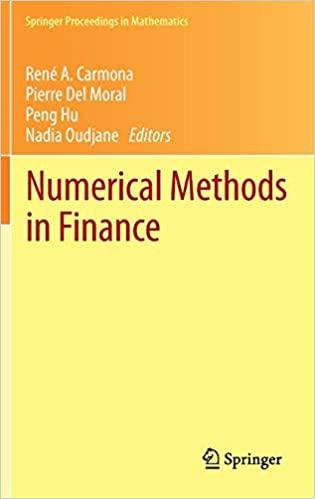Answered step by step
Verified Expert Solution
Question
1 Approved Answer
the companys dividend history from finance.yahoo.com or the companys own website. 2) the companys market risk exposure measured by Beta (5Y Monthly) from the companys
 the companys dividend history from finance.yahoo.com or the companys own website. 2) the companys market risk exposure measured by Beta (5Y Monthly) from the companys summary page on finance.yahoo.com 3) choose an estimation period for the required return R, at least going back a 5-year period. 4) risk-free rates (annual rates) for the estimation period 5) monthly market index (use S&P 500) Adj Close prices for the estimation period
the companys dividend history from finance.yahoo.com or the companys own website. 2) the companys market risk exposure measured by Beta (5Y Monthly) from the companys summary page on finance.yahoo.com 3) choose an estimation period for the required return R, at least going back a 5-year period. 4) risk-free rates (annual rates) for the estimation period 5) monthly market index (use S&P 500) Adj Close prices for the estimation period
Step by Step Solution
There are 3 Steps involved in it
Step: 1

Get Instant Access to Expert-Tailored Solutions
See step-by-step solutions with expert insights and AI powered tools for academic success
Step: 2

Step: 3

Ace Your Homework with AI
Get the answers you need in no time with our AI-driven, step-by-step assistance
Get Started


